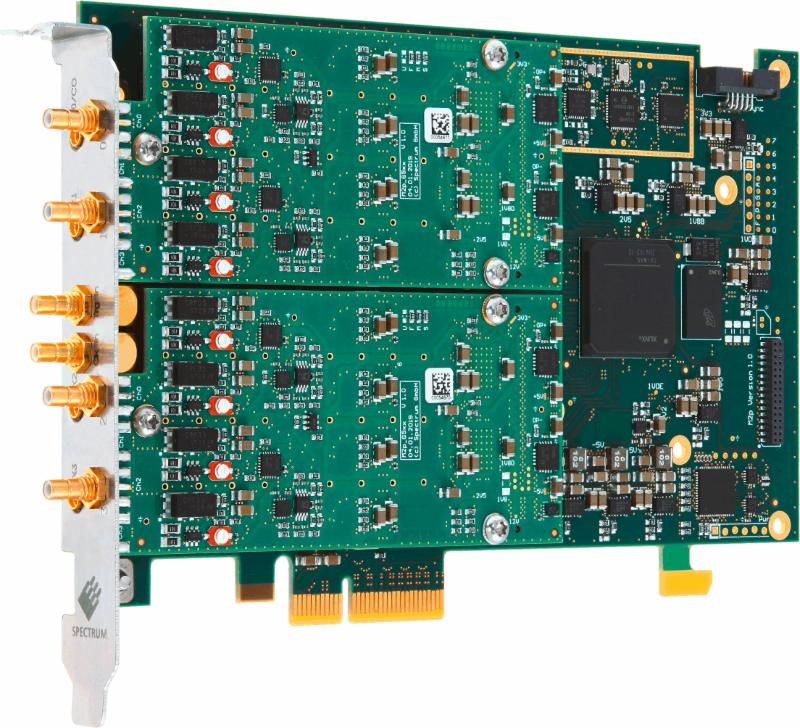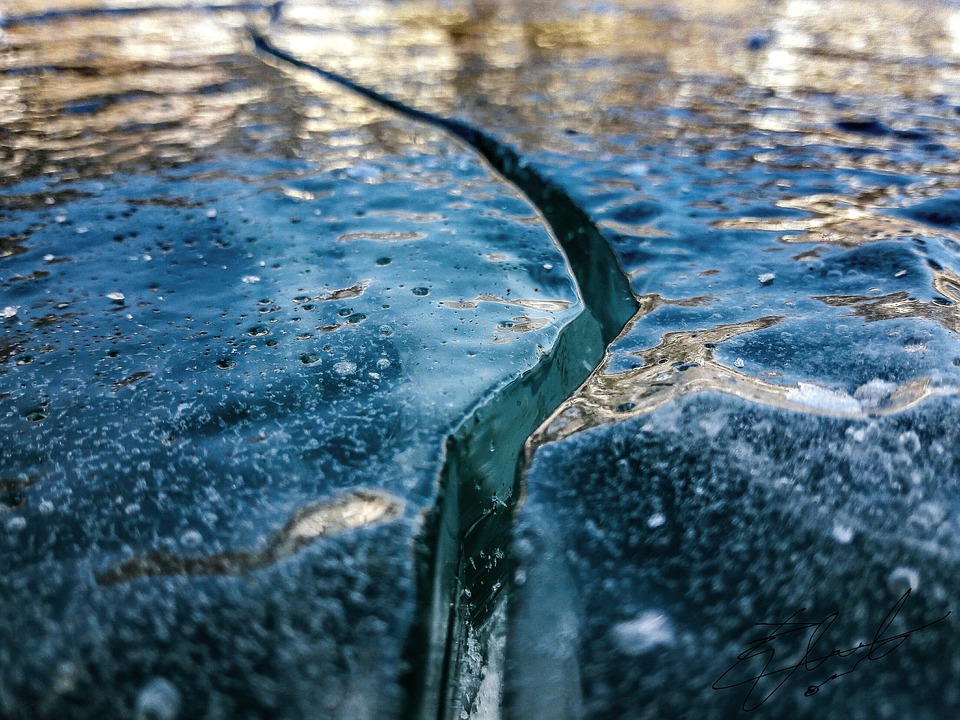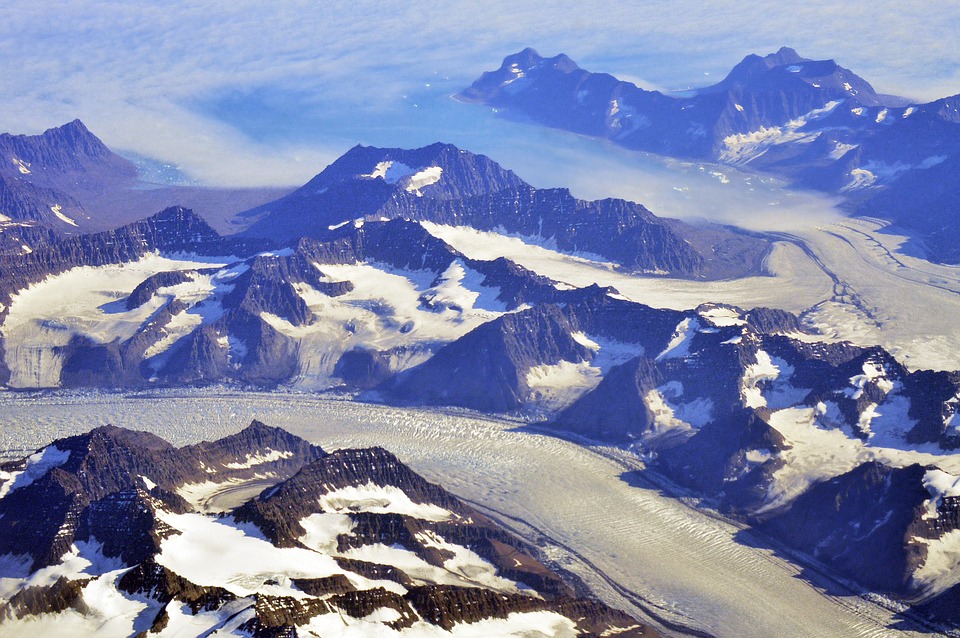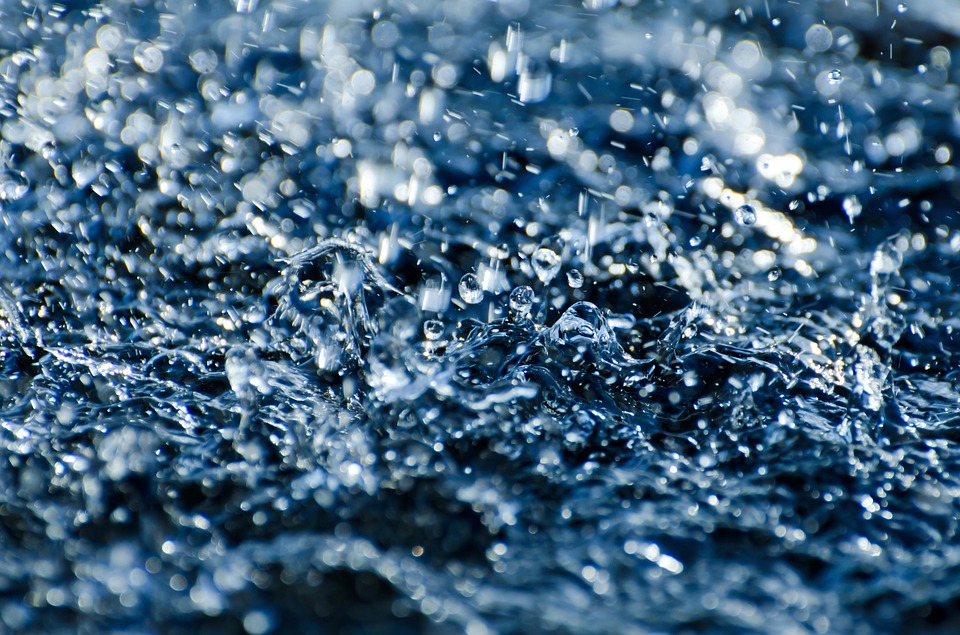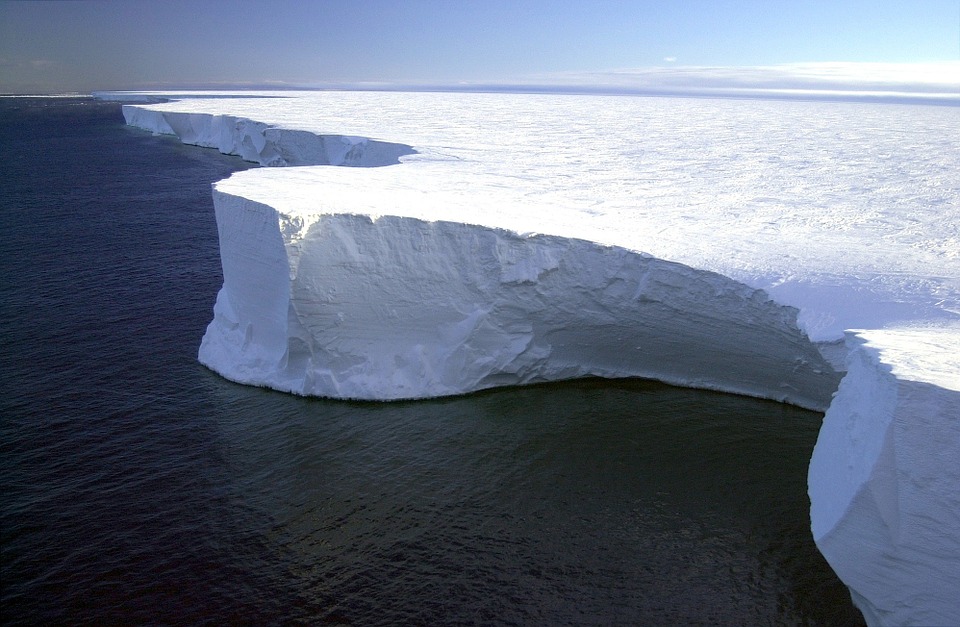As a not-for-profit serving the defense and intelligence communities, Riverside Research is invested in developing the next generation of great scientists and engineers. The organization is the presenting sponsor of this year’s WashingtonExec’s STEM Symposium, bringing several hands-on demonstrations in hopes of sparking curiosity to young students. “The future of our nation relies on the students who are…
Printed Radar Technology
Parking a car with the help of radar sensors already is commonplace. Many other applications of radar technology are obvious, such as precise distance and environment sensors for robots and machines in the industrial automation sector or high-performance transmitters and receivers in telecommunications. Concrete application scenarios, however, are highly individual, the number of pieces is…
Artificial Intelligence Radar for WiFi
Edgewater Wireless Systems Inc. announced the company’s Artificial Intelligence Radar (A.I.R.) module leveraging Galgus Cognitive Hotspot Technology. Edgewater Wireless aera™ access point products will offer A.I.R. as a standard feature to deliver the world’s first intelligent, real-time device tracking within any network coverage zone. A.I.R. uses an in-real-time artificial intelligence engine to learn from and…
Radar Sensors Increase Efficiency of Production and Automation
Sensors allow the automation of production and logistic processes and are consequently the foundation for effective added value. Precise sensor technology forms a cornerstone for industry 4.0. To date, radar-based sensors play a tangential role in industry. Yet, their advantages are evident: Compared to optical sensors, radar systems are unaffected by challenging visual conditions and,…
Next-Gen Arbitrary Waveform Generators Are Smaller, Faster, Better
Spectrum Instrumentation has released six new Arbitrary Waveform Generators (AWGs) that are optimized for signal quality, size and cost. The new “65” series AWGs offer the latest 16-bit Digital-Analog-Converters, a fast PCIe x4 interface with up to 700 MByte/s streaming speed and a card length of only 168 mm to fit into nearly every PC.…
Sentinels Monitor Converging Ice Cracks
The Copernicus Sentinel-1 radar mission shows how cracks cutting across Antarctica’s Brunt ice shelf are on course to truncate the shelf and release an iceberg about the size of Greater London – it’s just a matter of time. The Brunt ice shelf is an area of floating ice bordering the Coats Land coast in the…
Radar Peers Beneath an Ice Sheet That’s 1.7 Miles Deep
After six months’ time, University of Arizona (UA) professors and students developed a “one-of-a-kind” radar that can image the bottom of deep ice sheets. By getting a glimpse at a world otherwise unseen, researchers can improve climate models and uncover ancient climate history. “People have used radars for a long time, but we are innovating to…
SWIM Project Maps Potential Sources of Mars Water
Missions carrying humans to Mars will require on-site resources, and a project led by Planetary Science Institute (PSI) scientists Nathaniel Putzig and Gareth Morgan is mapping the availability of potential shallow water-ice sources across the surface of the Red Planet. Two teams led by Putzig and Morgan were contracted by NASA to pursue separate mapping…
Radar Technology Could Help Peru Prepare for Deadly Weather Events
Due to intense rainfall powered by El Niño, Peru suffered flashfloods and mudslides a couple years ago, which greatly affected the country’s people and infrastructure. Salazar-Cerreno, an assistant professor at the University of Oklahoma’s School of Electrical and Computer Engineering and native of Peru, vowed to find a way to increase Peru’s preparedness for future natural…
New Satellite Keeps Close Watch on Antarctic Ice Loss
A recently-launched satellite mission has captured precision data on the elevation of the Antarctic ice sheet proving a valuable addition to monitoring efforts in the region, according to work published this week in The Cryosphere. From its orbit 815 km above the Earth, the Sentinel-3 satellite was able to detect the height of the ice surface…





